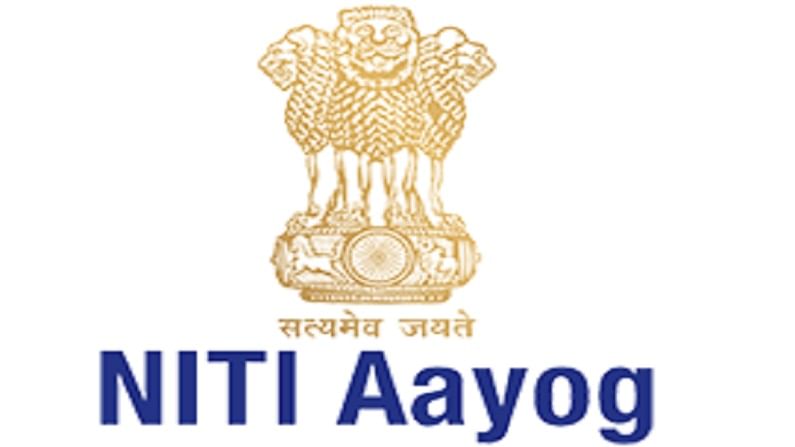Over 30% population not covered by insurance: Niti report
In the absence of a low-cost health insurance product, the missing middle remains uncovered despite the ability to pay nominal premiums

At least 30% of India’s population or 40 crore people have no financial protection through insurance, according to a report released by Niti Aayog. The report titled ‘Health Insurance for India’s Missing Middle’ said that expansion of health insurance coverage is a necessary step and a pathway in India’s effort to achieve universal health coverage.
“At least 30% of the population, or 40 crore individuals – called the missing middle in this report – are devoid of any financial protection for health… In the absence of a low-cost health insurance product, the missing middle remains uncovered despite the ability to pay nominal premiums,” it said.
The ‘missing middle’ is a broad category which lacks health insurance, positioned between the deprived poorer sections, and the relatively well-off organised sector, the report said. It pointed out that Ayushman Bharat – Pradhan Mantri Jan Arogya Yojana (AB-PMJAY) launched in September 2018, and state government extension schemes, provide comprehensive hospitalisation cover to the bottom 50 per cent of the population – around 70 crore individuals.
Twenty per cent coverage
Around 20% of the population – 25 crore individuals – are covered through social health insurance, and private voluntary health insurance.
“The remaining 30% of the population is devoid of health insurance; the actual uncovered population is higher due to existing coverage gaps in PMJAY and overlap between schemes.
The report noted that missing middle is not a monolith – it contains multiple groups across all expenditure quintiles. “The missing middle is spread across all expenditure quintiles, in both urban and rural areas, though they are concentrated in the top two quintiles of rural areas, and top three quintiles of urban areas,” it said.
According to the report, the missing middle predominantly constitutes the self-employed (agriculture and non-agriculture) informal sector in rural areas, and a broad array of occupations – informal, semi-formal, and formal – in urban areas.